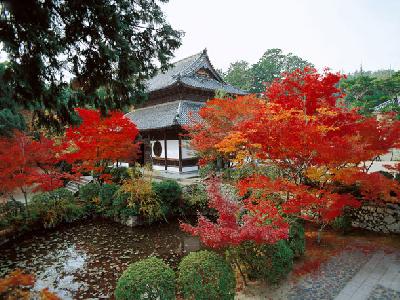|
Ichibee Iwano was born in 1933 in Imadate in Fukui Prefecture. He is known as the son of the 8th Iwano Ichibee, who was designated a Living National Treasure for his work making washi (Japanese paper) in Echizen.
His son, the 9th Ichibee Iwano, was also designated a Living National Treasure in 2002. The paper he crafted was beloved by many artists, such as Picasso. He inherited his temperament for this work from the 8th and, for 60 years, worked hard to make the best washi.
Ichibee Iwano's paper is stiff, and is not easily torn. Its thickness prevents the paper from blotting. He also created an extremely thin paper for publishing reprints of Katsushika Hokusai's woodblock prints. To print these, it is necessary to rub the back of the paper with a special burnishing implement called a baren a few hundred times. To be sure, it is difficult to make a thin paper that withstands these rubbings. However, the 9th smiles and asserts that 'The harder it is, the better it is.' The spirit of craftsmanship may even exceed that of his father.
His son, the 9th Ichibee Iwano, was also designated a Living National Treasure in 2002. The paper he crafted was beloved by many artists, such as Picasso. He inherited his temperament for this work from the 8th and, for 60 years, worked hard to make the best washi.
Ichibee Iwano's paper is stiff, and is not easily torn. Its thickness prevents the paper from blotting. He also created an extremely thin paper for publishing reprints of Katsushika Hokusai's woodblock prints. To print these, it is necessary to rub the back of the paper with a special burnishing implement called a baren a few hundred times. To be sure, it is difficult to make a thin paper that withstands these rubbings. However, the 9th smiles and asserts that 'The harder it is, the better it is.' The spirit of craftsmanship may even exceed that of his father.
| [+ADDRESS] | 
|















